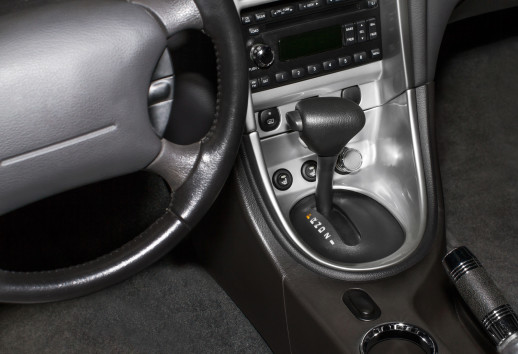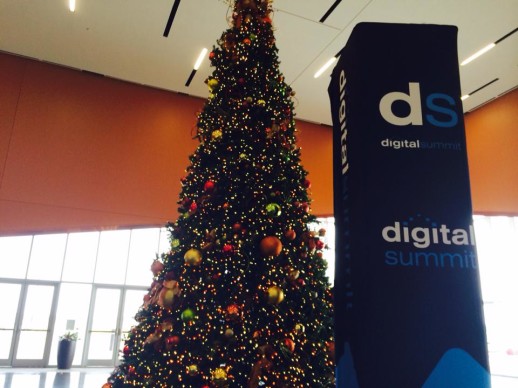First of all, if you don’t know what a typewriter is, this blog probably isn’t for you. 
It’s for us old geezers who distinctly remember the clickety-click of “secretaries” creating paper office correspondence.
In fact, typewriters were once indispensable tools for practically all businesses.
So what happened? Why aren’t they around anymore? The answer is easy, right?
Technology. We’ve now entered the digital world. Fast forward to laptops, tablets and smart phones that empower paperless communications anytime from virtually anywhere. Duh, you say. What does that have to do with me?
Let’s take a lesson from our typewriting past, and apply it to our future. What seems absolutely critical in today’s business environment that’s going to be obsolete tomorrow? You know the answer – you just don’t want to say it out loud:
Paper.
It’s happening, friends, more quickly than you might imagine. Offices across all industries are conducting more business and storing more documents online.
Real life example: I had a root canal (joy) done more than a year ago. The endodontist’s office was digital – I sat in the waiting room at a laptop station for new patients and “filled out my paperwork” digitally. Crazy, huh? Well, not really.
Back to my point.
Where are you in your paperless journey? Is it even on your radar? Are you ahead of the game, or will you be pulling up the rear, kicking and screaming? If you’re not convinced you need to take action now, then let me hit you with a few impressive facts:
Environmental Impact
- According to reduce.org, the average office worker uses 10,000 sheets of paper a year.
- Conservatree.com has calculated it takes one tree to create 8,333.3 pages of paper.
- Thus, even a small office of 10 people would cost the environment about 12 trees per year.
Now let’s multiply that by the millions of workers in the U.S. I think a whole forest just disappeared. And that doesn’t even account for the negative impact of energy and greenhouse gasses used in paper production or its transportation to retailers and businesses.
Office Efficiency
Well-filed digital documents are easier to find than paper documents, thus saving time, reducing frustration and improving productivity. According to papersave.com:
- The average document is copied 19 times in its life.
- The average time it takes to fax a document is eight minutes.
- Professionals spend 20-30% of their day filing, searching and retrieving information but only 5-15% of their time reading the document.
- It costs companies $20 in labor to file a document, $120 to find a misfiled document and $220 to reproduce a lost document.
Greater efficiency equates to a more streamlined business, which not only enhances profitability, but makes it easier to better satisfy customers.
Economics
- The costs of using paper in the office can run 13 to 31 times the cost of purchasing the paper, per reduce.org. That’s because for each sheet of paper used, a company also incurs costs for storage, copying, printing, distribution, postage, disposal and recycling.
- A survey reported by dentalproductsreport.com indicated that a fully digital dental office saves nearly $9,000 per year.
- On a bigger scale, Citigroup, determined that if each employee used double-sided copying to conserve just one sheet of paper each week, the firm would save $700,000 each year. KA-CHING!
Don’t let mounds of paperwork today get in the way of going paperless tomorrow. It can seem like a daunting task, but to move forward, to be competitive, to be a leader, you have to bite the bullet. It’s good for business, and it’s good for the environment. Just remember the ol’ Underwood typewriter, boxed up in the attic gathering dust …
Enough of my soapbox! Let’s talk about HOW you’re making the transition. Hit me up with your best ideas and let’s make this happen!











 Chances are your business is using content marketing as part of your overall marketing plan. The objective of content marketing is to deliver valuable information that will engage your audience. Consumers are tuning out the more intrusive marketing tactics. What they really want is great, customer-focused information that helps them make a decision or solve a problem. That’s what content marketing delivers.
Chances are your business is using content marketing as part of your overall marketing plan. The objective of content marketing is to deliver valuable information that will engage your audience. Consumers are tuning out the more intrusive marketing tactics. What they really want is great, customer-focused information that helps them make a decision or solve a problem. That’s what content marketing delivers.